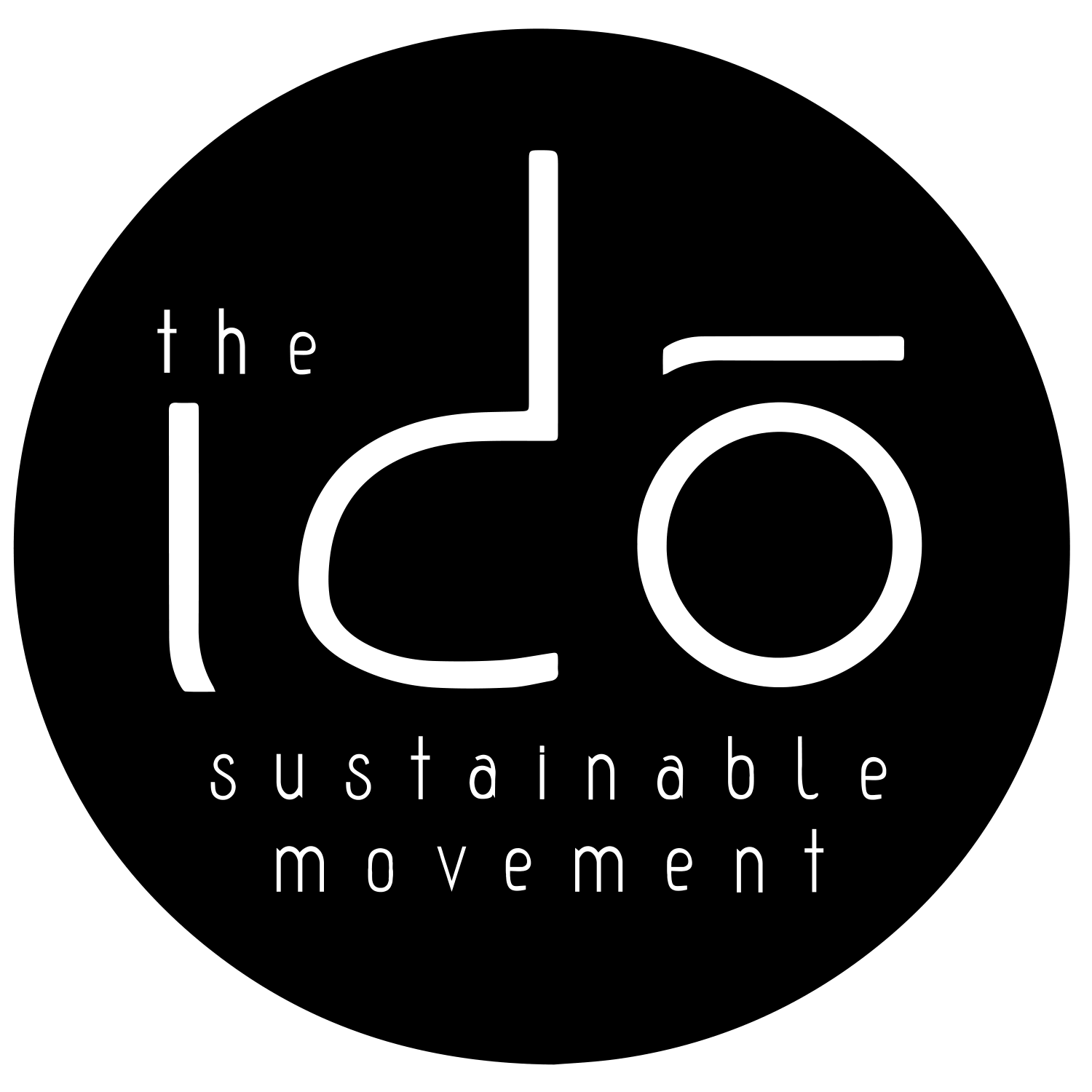The Best Ways to Simplify Your Life by Making Your Wardrobe More Sustainable
Share

We'd all prefer to dress more thoughtfully, and to reverse some of the shocking statistics concerning clothing waste; we need to be more mindful of what we buy. However, because there are so many complications, it can be difficult to know where to start when it comes to making our wardrobes more sustainable. But, if you want to start making your wardrobe more thoughtful, you need to know what the fashion equivalent of buying a reusable bottle and using metal straws is.
"Consumer-facing coverage of sustainability frequently focuses on either disastrous environmental and ethical news or future purchasing behavior, which can leave us feeling either powerless to make a difference as individuals or confused about where to start," says sustainability expert Brooke Roberts-Islam of Techstyler. There are, however, modest improvements that step in the right direction, from what to look for on clothing labels to how you should actually wash your clothes.
Living a sustainable lifestyle can be difficult, but it's definitely worth it! One of the easiest ways to make your life more sustainable is by making your wardrobe more sustainable. In this blog post, we will discuss some of the best ways to do that. We will also provide some tips on how to make your wardrobe more sustainable without making too many changes. So, whether you're just getting started with sustainability or you're looking for ways to improve your current efforts, read on for some great tips!
1. Choosing clothes that require less frequent washing
When it comes to making your wardrobe more sustainable, one of the best things you can do is choose clothes that require less frequent washing. This will save you time, water, and, ultimately, money. Not to mention, it will also help reduce wear and tear on your clothes. Mostafa pants, Alaa pants, and Lauren skorts are all great examples of clothing that can be worn day in and day out without needing to be washed too often. Whether you're looking for clothing for work or for play, there are plenty of options that will save you time and money in the long run.
2. Investing in clothes that don't require ironing
Another great way to make your wardrobe more sustainable is by investing in clothes that don't require ironing. This is a great time saver and will also help reduce your energy consumption. There are plenty of wrinkle-free fabrics on the market that will make your life much easier. In terms of business casual, cotton is always a great choice. But if you're looking for something a little more fun and festive, linen is also a great option. Like organic Cotton Tank Tops, it's important to choose clothing that is made from natural fabrics whenever possible.
3. Organize Your Wardrobe
A sustainable wardrobe doesn't have to be all about basics. In fact, you can create new looks by pairing complementary pieces together. This is a great way to stretch your clothing budget and avoid buying trendy pieces that will only be worn once or twice. By choosing classic pieces and pairing them with modern accessories, you can create new looks that will last for years. So, don't be afraid to mix and match different styles and fabrics like Luis Shorts, Rama Extra Length Shorts, & Ribbed Modal Sleeveless Top. You might be surprised at how well they work together!
4. Choose Multipurpose Clothing
One of the best ways to make your wardrobe more sustainable is by choosing multipurpose clothing. This will help you save time and money while also reducing your environmental impact. For example, a dress can be worn as a skirt, a shirt can be worn as a dress, and pants can be worn as shorts. Not to mention, many pieces of clothing can be worn in multiple ways on different occasions. So, before you go out and buy a bunch of new clothes, take some time to think about how you can mix and match the pieces you already have. You might be surprised at how many different looks you can create!
5. Try to Always Buy Organic Cotton
When it comes to sustainability, one of the best things you can do is invest in organic cotton clothing. Organic cotton is grown without the use of pesticides or other harmful chemicals, which means it's better for the environment and for your health. Not to mention, it also lasts longer than traditional cotton, so you'll be able to wear it for years to come. There are plenty of great options for organic cotton clothing like tank tops, t-shirts, and even jeans. So, next time you're looking for new clothes, be sure to check out the organic cotton options!
6. Incorporate Unisex clothing
There are numerous things you can do to contribute to environmental protection when it comes to sustainability. Adding unisex clothing to your wardrobe is one of the best places to start. This will ultimately save energy and resources by lowering the annual production of clothing. Not to mention that unisex clothing is incredibly adaptable and suitable for many different occasions. Along with this, it is also important to buy from brands that are environmentally conscious and use sustainable materials. In unisex clothing, you can add Berry Lime Bamboo Crew Socks and Luis Shorts, Mostafa Pants, Bamboo Basics Unisex T-Shirts and Alaa Slate pants to your wardrobe.
7. Choose Multi-Weather Clothing
Another great sustainable fabric option for both summer and winter is bamboo. Bamboo is a natural fabric that is cool and breathable in the summer and warm and cozy in the winter. It's also very soft and comfortable to wear, making it a great choice for everyday clothes. There are a number of bamboo clothing items available on the market, such as t-shirts, pants, socks, and even underwear. So, if you're looking for something sustainable that will keep you comfortable all year round, be sure to check out bamboo clothing! When it comes to sustainability, it's important to think about the entire lifecycle of your clothes.
8. Mend, Repair, and Upcycle
Sustainability is about more than just the environment. It's also about taking into account the social and economic impacts of our actions. When it comes to clothing, one of the best ways to be sustainable is to mend, repair, and upcycle old clothes instead of buying new ones. This will help reduce the amount of waste that goes into landfills while also saving you money. Mending and repairing clothes is a great way to extend their lifetime and prevent them from ending up in the trash. And, if you're feeling creative, you can even use old clothes to create new ones!
9. Never, Ever Throw Clothing in the Bin
Being thoughtful about the clothes you choose to wear is one of the best things you can do when it comes to sustainable living. This entails avoiding clothing made of synthetic fibers and choosing clothes made of organic cotton or other sustainable materials instead. It also entails caring for your clothing and fixing it when it begins to deteriorate. Avoiding the disposal of clothing is one of the best ways to lessen its impact on the environment. Clothing that is thrown away ends up in a landfill, where it takes hundreds of years for it to decompose. Therefore, try mending or recycling clothing instead of throwing it in the trash. Additionally, there are many wonderful organizations that gather used clothing and give it to those in need. Therefore, make sure to see if a charity in your area can use your clothes before you throw them away!
These are just a few of the best ways to make your wardrobe more sustainable. By making a few small changes, you can help reduce your fashion footprint and make a big difference in the environment. So, what are you waiting for? Get started today!
In a Nutshell
Congratulations! You've made it to the end of our blog post on the best ways to simplify your life by making your wardrobe more sustainable. We hope that you found this information helpful and that you'll be able to implement some (or all!) of these tips in order to lead a more sustainable life. If you're interested in learning more about sustainable fashion, we encourage you to do some additional research or reach out to us with any questions. Thanks for reading!

